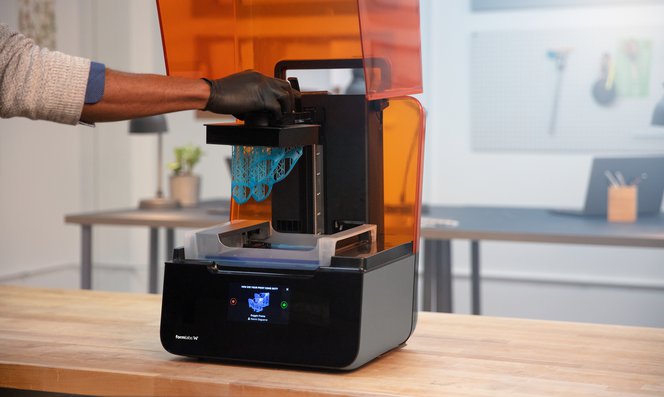The need for rapid tooling came about with the demand for small batches of customized parts. The demand for these parts calls for flexible technological processes with quick turnaround time. With such a requirement, the tooling production has to be shortened, and that’s where rapid tooling comes in.
This article explores the beginning of the rapid tooling process and its importance in the manufacturing industry.
What is Rapid Tooling?
Rapid tooling is a combination of conventional tooling practices and rapid prototyping techniques to produce cost-effective and quick molds.
The conventional tooling process is the same as in the production of low quantities of commercial pats. Depending on the technical demands of the design, the blank can be cast, forged, or selected from cylinders out of the cylinder list. This blank is then machined or heat-treated so that it will be more durable. Sometimes, the material undergoes further processing using highly precise manufacturing techniques.
Some intricate designs would require months to complete, and if the product has a short deadline to launch, you need a process that would require less time even if the finished part does not have the best quality. Most of these parts are used as test-batch or as prototypes.
Rapid Tooling That We Know Today
The rapid tooling technologies today have significantly evolved and jumped from merely scientific concepts into an optional manufacturing process. Today, rapid tooling technologies are faster, decreasing the lead time for the products. There are still drawbacks, though, like repeatability and doing more complicated geometries.
Even if rapid tooling has these drawbacks, there are a significant number of manufacturing methods that still exist to serve rapid tooling demands. A lot of them came from rapid prototyping technologies, and they possess higher precision and durability. Here are some of them.
- CNC Machining. This is the most conventional of all rapid tooling techniques. And with the advances in CNC systems, the machining process has become more flexible, and the lead times much shorter than before. It is best for its precision and the range of materials available. The limitations of this process are in small cavities, and it’s hard to use it for deep grooves and sharp edges.
- 3D Printing. This additive manufacturing technique has aligned itself with rapid tooling. It is widely used for direct metal deposition and bed fusion to make the desired part. The main advantage of 3D printing is its flexibility.
- Soft Silicone Tooling. When the demand for rapid tooling involves plastic prototypes, using conventional injection molding would be costly and longer. Thanks to soft silicone tooling, it only needs a master model made through CNC machining or 3D printing. Once the master model is ejected, the silicone injection mold is employed to make the parts up to 15 times.
- EDM Tooling. This rapid tooling process is used when the tooling required is made from hard material. Instead of chipping off from the blank, the reversed cavity is employed while EDM employs electrical discharges between the tool and the blank. It creates a hole in the hard material faster.
Are you looking for a company that accepts rapid tooling production? Contact LT Century. This company specializes in rapid tooling with shorter timelines.



